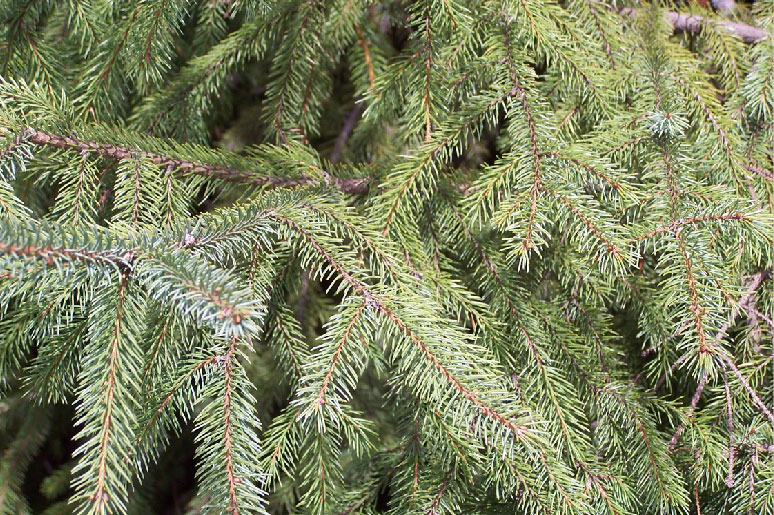Scientific proof
A Canadian Institutes of Health Research (CIHR) team studying aboriginal antidiabetic medicines has been working in collaboration with the Eeyou Nation (Cree) in northern Quebec for several years. Given the very high diabetes rates among aboriginals and the age-old use of medicinal plants by aboriginal healers, the team has conducted rigorous research in hopes of developing drugs that combine traditional knowledge with modern medicine. The team—which includes researchers from various fields in health, biology, and botany—work closely with knowledge keepers and members of the Eeyou nation.
In 2013, highly promising results were presented by researchers Alain Cuerrier, PhD, a botanist and taxonomist at the Montréal Botanical Garden’s Institut de recherche en biologie végétale (IRBV), and Pierre S. Haddad, a research scientist and acclaimed pharmacologist from Université de Montréal.
One in five drugs used in modern medicine is produced using plant-based molecules, many of which are already known to traditional medicine practitioners. As part of the research, numerous plants used by the Cree were studied for their potential ability to treat diabetes. Four of the six best-performing plants in the study were also identified as highly effective by Eeyou knowledge keepers, who were already familiar with their interactions and contraindications.
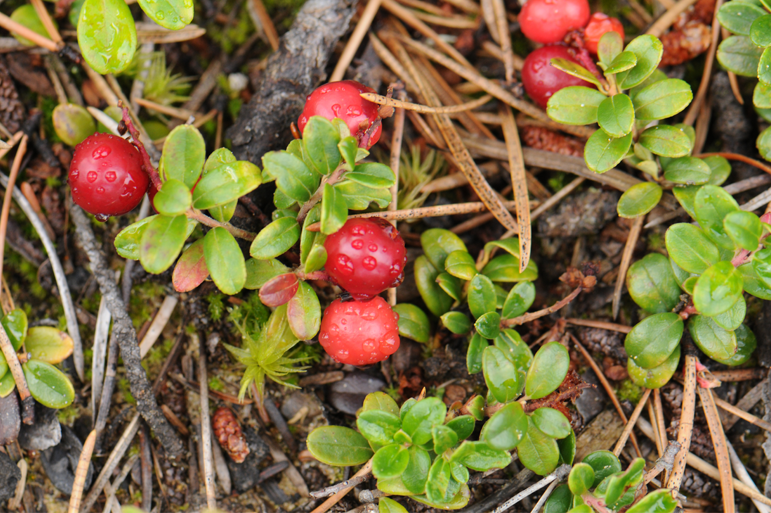
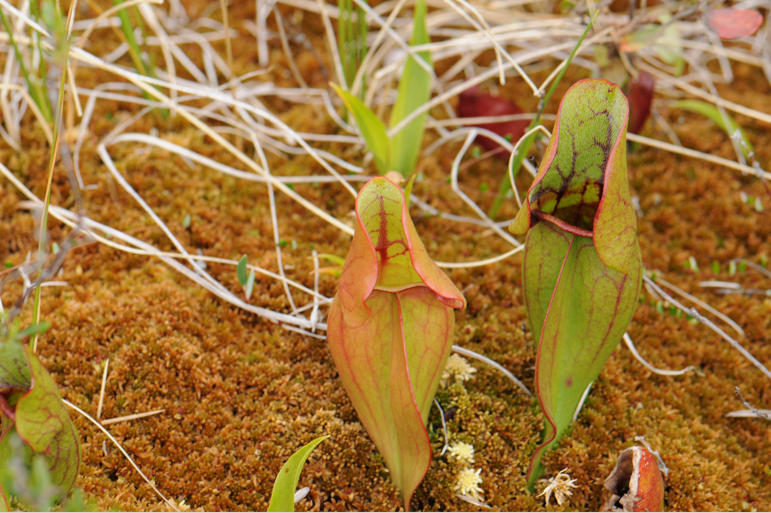
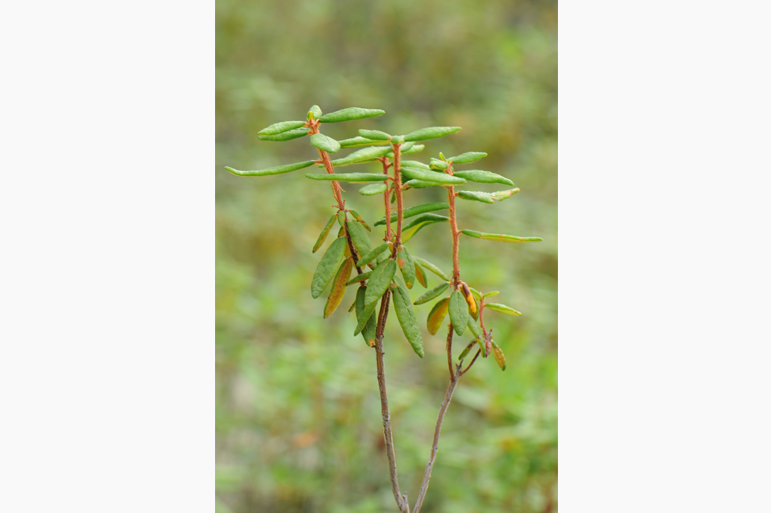
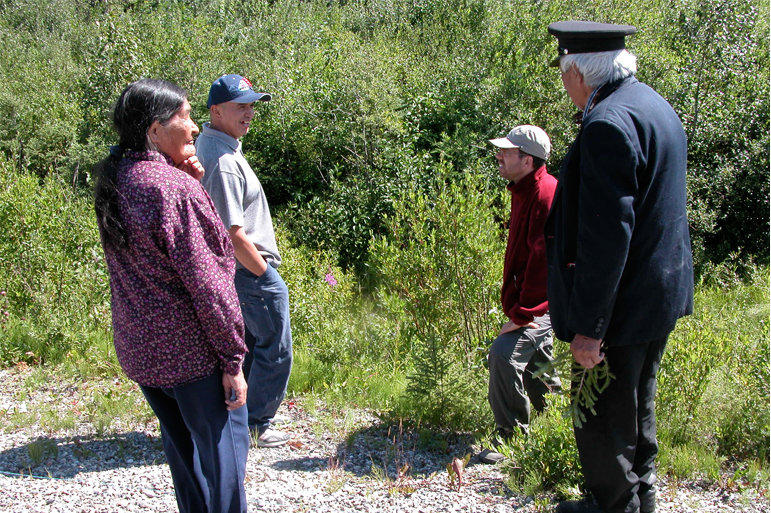
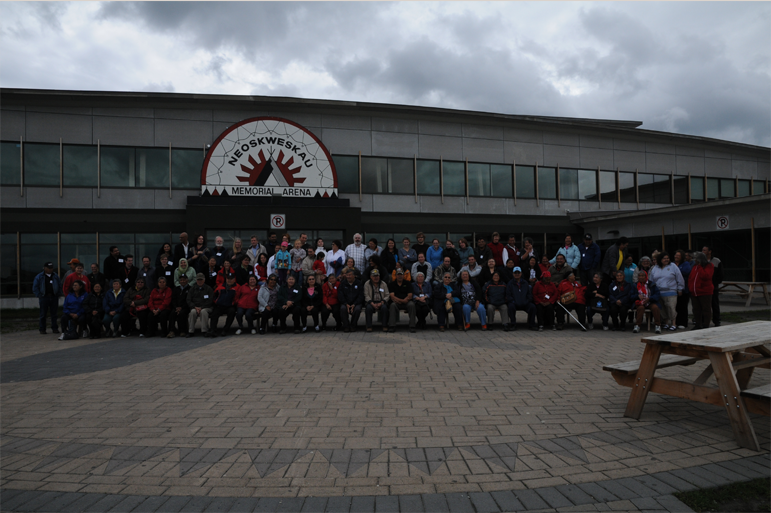
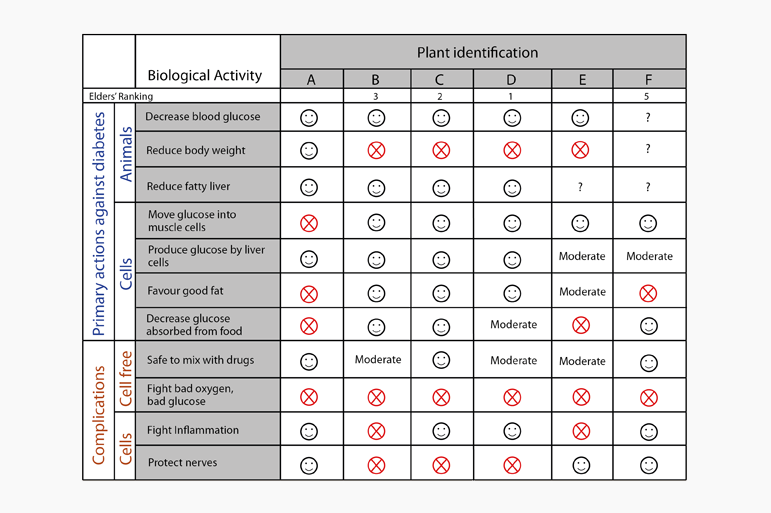
1. Vaccinium vitis-idaea
Photograph : Alain Cuerrier
2. Purple pitcher plant
Photograph : Alain Cuerrier
3. Labrador tea
Photograph : Alain Cuerrier
4. Louise, Jason, Alain and Charlie as part of the research
Photograph : Charles Leduc
5. Annual team retreat at Mistissini in 2010
Photograph : Alain Cuerrier
6. Summary table of laboratory tests
Table summarizing the results of various tests performed in the laboratory in order to determine the antidiabetic properties of the seventeen plants mentioned in interviews by the Eeyou (Cree). The table shows results of the six most promising plants which are positive ☺, negative Ⓧ, and in some cases, unknown (?). These plants are sorted by the number of emoticons attributed by bioassays. In vivo bioassays (with animal models) receive a greater importance than those that are in vitro (with cell lines). The ranking attributed by Eeyou elders comes from group discussions. It appears that traditional and scientific knowledge coincide. The resulting traditional knowledge and traditional medicine is not random and the research group’s work supports the wisdom and knowledge gained from hundreds of years.
(Alain Cuerrier)
